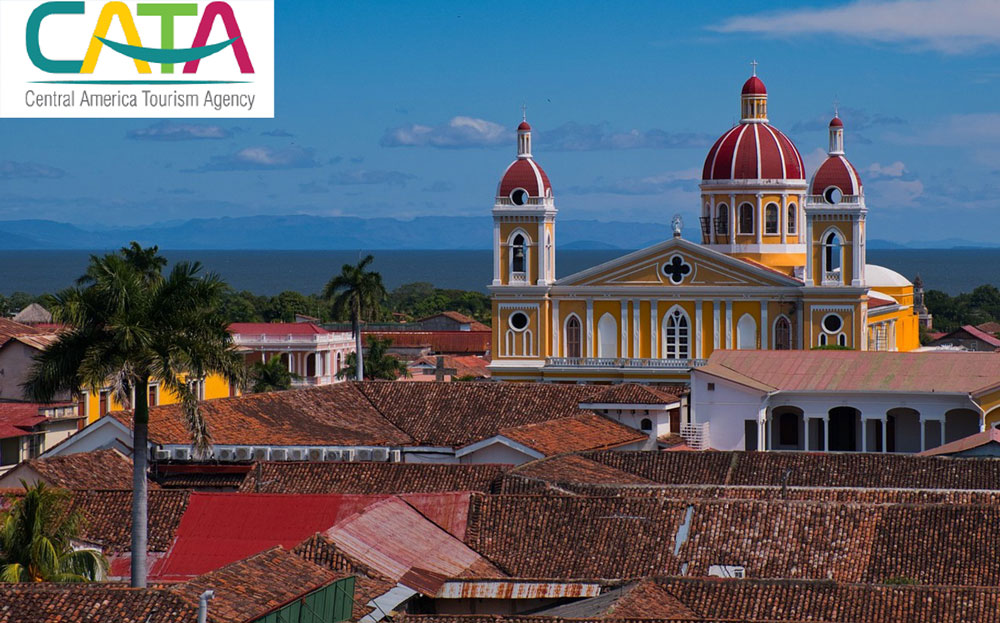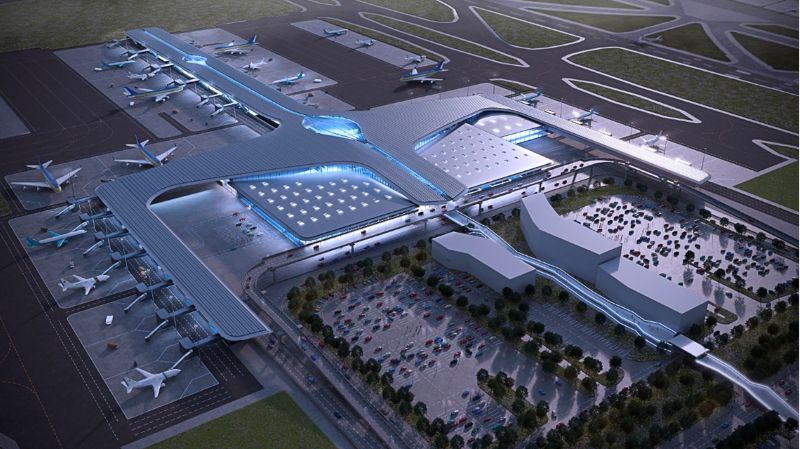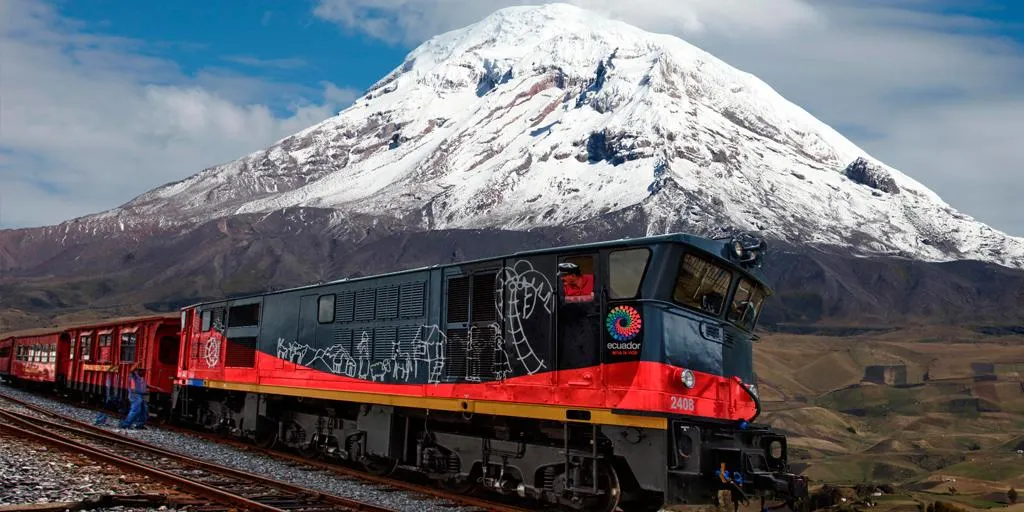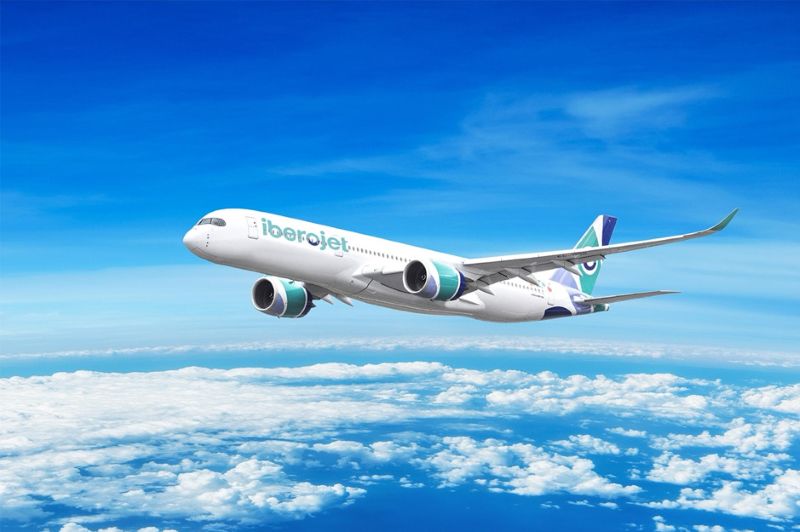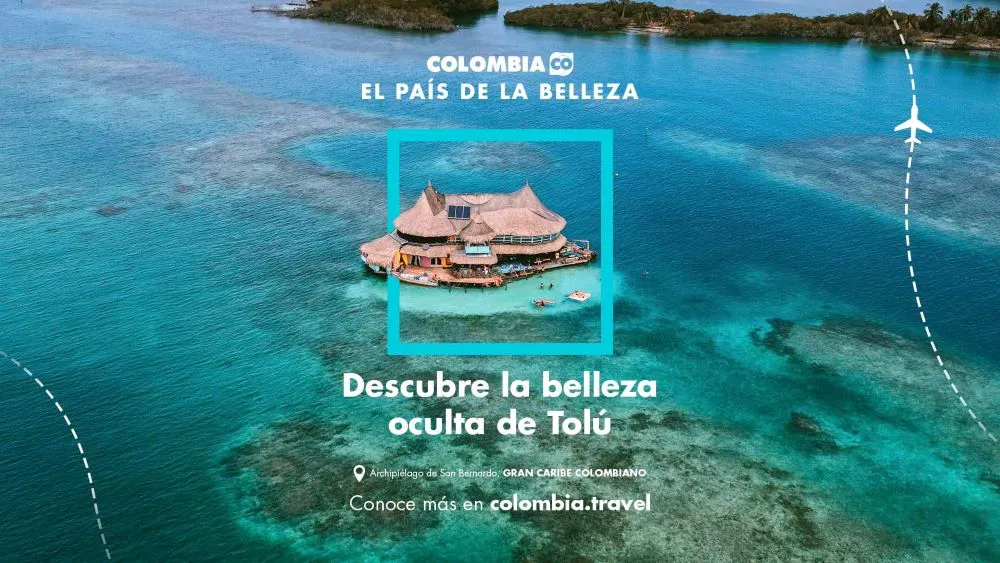Carolina Briones, Secrétaire Générale de l’Agence de promotion du tourisme d’Amérique centrale (CATA)
Visit Latin America : Quelle est la situation actuelle du tourisme en Amérique centrale ?

Comme vous le savez la fermeture des frontières et la paralysie des activités économiques et sociales, en tant que mesure visant à prévenir l’impact de la COVID19, ont entraîné la chute du secteur du tourisme. Selon les données de l’Organisation mondiale du tourisme (OMT), les arrivées de touristes internationaux entre janvier et juin 2020 ont diminué de 55% dans les Amériques, y compris bien sûr les pays d’Amérique centrale et la République Dominicaine.
Cependant, à partir de septembre, plus de 60 % des destinations internationales ont commencé à lever leurs restrictions de voyage en prévision d’un retour à la croissance progressif d’ici à la fin de l’année.
Actuellement, tous les pays d’Amérique Centrale et la République Dominicaine ont lancé des processus de réouverture qui sont soumis à des évaluations permanentes afin de déterminer leurs progrès, ce qui implique un travail de collaboration entre le transport aérien, terrestre et maritime, ainsi que d’autres domaines qui nourrissent l’industrie du tourisme.
Compte tenu de cela, on estime que la réactivation du tourisme sera progressive, en commençant par le tourisme interne dans chacun des pays comme premier stimulant de la chaîne de valeur qui constitue le secteur, en tenant compte du fait que les tendances en matière de voyages prévoient que plus de 50 % des voyageurs effectueront des voyages locaux d’ici la fin de l’année 2020.
Dans la région, cela représente une opportunité car les destinations touristiques se caractérisent par leur proximité les uns des autres. À terme, cela permettra également de stimuler le tourisme interrégional, qui devrait être le deuxième à être réactivé après le tourisme local. Enfin, le tourisme international devrait connaître une reprise significative au cours du second semestre 2021.
En ce qui concerne l’entrée dans les pays de la région, actuellement la plupart des pays demandent un test PCR négatif à la COVID de moins de 72 heures avant de prendre l’avion. Le Costa Rica et la République Dominicaine font exception, ayant supprimé cette exigence et mis en place des tests rapides dans leurs aéroports pour les voyageurs entrant dans le pays. Vous trouverez des informations détaillées ici (en espagnol).
En termes de liaisons aériennes, une quinzaine de compagnies aériennes internationales se rendent en Amérique Centrale et en République Dominicaine en proposant des vols directs ou en correspondance, garantissant la connectivité de la région avec le monde. En décembre, on estime que d’autres compagnies aériennes reprendront leurs activités dans la région. Vous trouverez plus d’informations ici (en espagnol).
VLA : Y aura-t-il une homogénéisation des mesures sanitaires entre tous les pays d’Amérique centrale ?
En ce qui concerne les mesures sanitaires, chaque pays a établi ses propres mesures, mais nous pouvons souligner un certain degré d’uniformisation de leur part. C’est-à-dire qu’à ce jour, tous ont des protocoles de biosécurité qui sont appliqués à tous les secteurs de l’industrie du tourisme.
De même, la plupart des pays se sont efforcés de mettre en place leurs propres labels de qualité ou de biosécurité pour tous les fournisseurs de biens et services touristiques afin de garantir des expériences de qualité aux voyageurs.
Récemment, nous avons vu comment la plupart des pays de la région ont rejoint la liste des destinations mondiales qui reçoivent le certificat de sécurité des voyages accordé par le World Travel & Tourism Council (WTTC), après avoir respecté tous les protocoles d’hygiène et de salubrité, comme mesure de protection de la santé des voyageurs.
Au niveau régional, des travaux sont également en cours pour parvenir à un certain degré de normalisation. Au sein du Conseil Centraméricain du Tourisme, qui regroupe les plus hautes autorités touristiques des pays de la région, le Secrétariat pour l’Intégration du Tourisme Centraméricain (SITCA) a été chargé de travailler à une plus grande normalisation des processus d’accueil des touristes. Il s’agit d’un effort progressif dont nous devrions avoir des nouvelles dans les prochains mois.
VLA : Un touriste peut-il traverser toutes les frontières au cours de son voyage ?
L’une des potentialités de l’Amérique centrale est sa situation géographique privilégiée, étant un pont naturel qui relie les deux sous-continents américains et l’océan Pacifique à la mer des Caraïbes. Les pays de la région ont une offre touristique qui se complète parfaitement pour garantir des expériences incomparables dans une mosaïque culturelle et naturelle.
Preuve en est que la région occupe 1 % de la surface de la planète, mais abrite 12 % de la biodiversité mondiale. Un autre exemple de la grandiloquence culturelle est que la région participe à la scène mondiale avec 20 monuments déclarés patrimoine mondial par l’UNESCO.
Tous ces atouts touristiques sont parfaitement liés et peuvent être visités à travers des circuits de visites de deux ou plusieurs pays de la région en un seul voyage.
Dans le contexte de la pandémie, les restrictions à la mobilité ont maintenu la mobilité au point mort, mais entre les mois d’août et de septembre, les pays ont entamé des processus de réouverture de leurs frontières pour garantir la mobilité des personnes et des biens. Actuellement, pendant leur séjour dans la région, les voyageurs peuvent franchir les frontières terrestres et aériennes sous réserve des procédures douanières, migratoires et sanitaires établies par chaque pays.
VLA : Vous avez organisé un roadshow virtuel à travers l’Europe qui s’est terminé fin octobre, comment s’est-il déroulé ?
En effet, dans le cadre de la poursuite du travail de création d’espaces numériques qui renforcent le marketing des pays de la région, CATA a organisé le Roadshow virtuel d’Amérique Centrale en Europe 2020 en vue des catalogues proposés pour 2021.
Le Roadshow a fonctionné comme une plateforme de projection 100% virtuelle conçue pour présenter les offres touristiques du Belize, du Guatemala, du Honduras et du Nicaragua. Elle a ainsi contribué à la commercialisation et à la promotion de voyages multi-destinations auprès des entreprises de la région et des tours opérateurs sur les marchés internationaux avec lesquels CATA entretient des relations.
La tournée a été menée de manière virtuelle, commençant à Madrid, suivie par la France, l’Italie et l’Allemagne, pour se terminer avec succès au Royaume-Uni et aux Pays-Bas. L’événement a enregistré la participation de plus de 189 tours opérateurs, 57 médias spécialisés dans le tourisme et une centaine de voyagistes de 68 entreprises de la région. Il s’agit d’une réalisation majeure pour la promotion de voyages multi-destinations en Amérique Centrale, en vue de la saison 2021-2022.
À cette occasion, la participation s’est concentrée sur le produit touristique du Belize, du Guatemala, du Honduras et du Nicaragua qui sera réalisé dans le cadre du projet “Renforcement de l’intégration et de la promotion du tourisme en Amérique centrale”, grâce au soutien de la République de Chine (Taïwan).
Cependant, depuis avril 2020, CATA a fait d’autres efforts pour renforcer l’industrie du tourisme de tous les pays d’Amérique Centrale et de la République Dominicaine en organisant trois séries de webinaires auxquels ont participé plus de 3 000 personnes de tous les secteurs qui composent la chaîne de valeur qui alimente l’écosystème touristique régional.
Dans ces espaces, les exposants des principales entreprises du monde du tourisme telles que Google, TripAdvisor, Expedia, Euromonitor, Sojern, Roundcube, Moreturismo Internacional, Promotourist, ont présenté des guides d’action depuis le début de la pandémie ainsi que la préparation de l’industrie à la réouverture des activités.
VLA : Quel est votre message pour les professionnels du tourisme ?
Dans cette nouvelle étape, nous ne devons pas perdre de vue le fait que le tourisme a un visage humain et que sa contribution à la création d’opportunités pour améliorer la qualité de vie des gens est tangible. En Amérique Centrale et en République Dominicaine, plus de 90 % des prestataires de services touristiques sont des PME, 51 % sont gérés ou appartiennent à des femmes et plus de 60 % des équipes de travail sont composées de femmes. Par conséquent, nous faisons définitivement partie d’une industrie qui constitue véritablement un outil de développement économique et de transformation sociale.
En ce sens, CATA continuera à travailler et à progresser dans la mise en œuvre d’une stratégie et d’un plan d’action qui nous permettront de nous concentrer sur l’exécution des phases d’atténuation, de redressement et de reconstruction du tourisme en Amérique Centrale et en République Dominicaine pour les trois prochaines années, avec pour horizon 2023.
La nouvelle normalité pour le tourisme a obligé les entreprises et les institutions à explorer de nouvelles façons de promouvoir leurs produits touristiques afin de diminuer les impacts de la pandémie. C’est pourquoi les lignes d’action stratégiques de CATA pour promouvoir le secteur du tourisme régional comprennent le renforcement de micro et petites entreprises touristiques en fournissant une assistance technique et un renforcement des capacités d’apprentissage, la génération de contenus, la promotion de l’innovation et l’échange des meilleures pratiques.
Notre message à nous membres de CATA, en tant que lien d’intégration touristique entre l’Amérique Centrale et la République Dominicaine qui réunit les secteurs public et privé de l’industrie, est que nous continuerons à travailler pour fonctionner comme un guide et une référence d’action pour surmonter les défis du tourisme régional.
Nous sommes à l’aube d’une année riche en opportunités qui nécessiteront un travail de collaboration, avec un accent particulier sur la sécurité, la durabilité, l’innovation et des niveaux d’intégration plus élevés pour assurer l’insertion de l’industrie dans la nouvelle dynamique mondiale.

